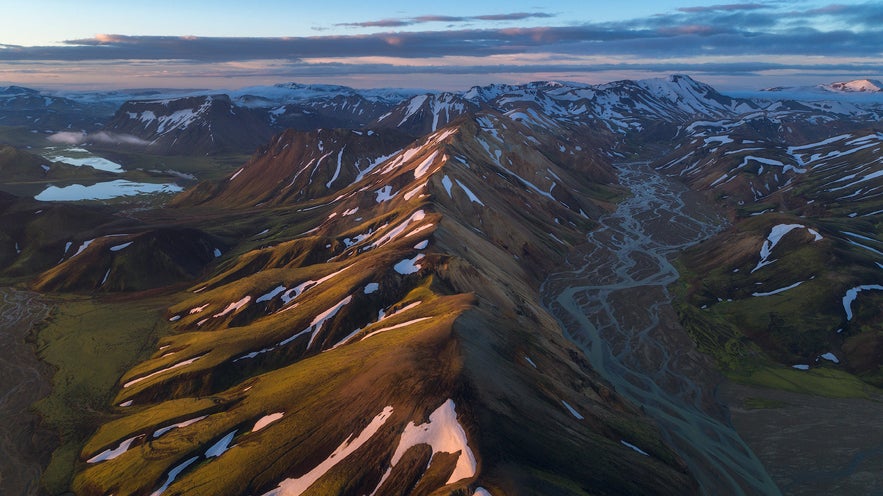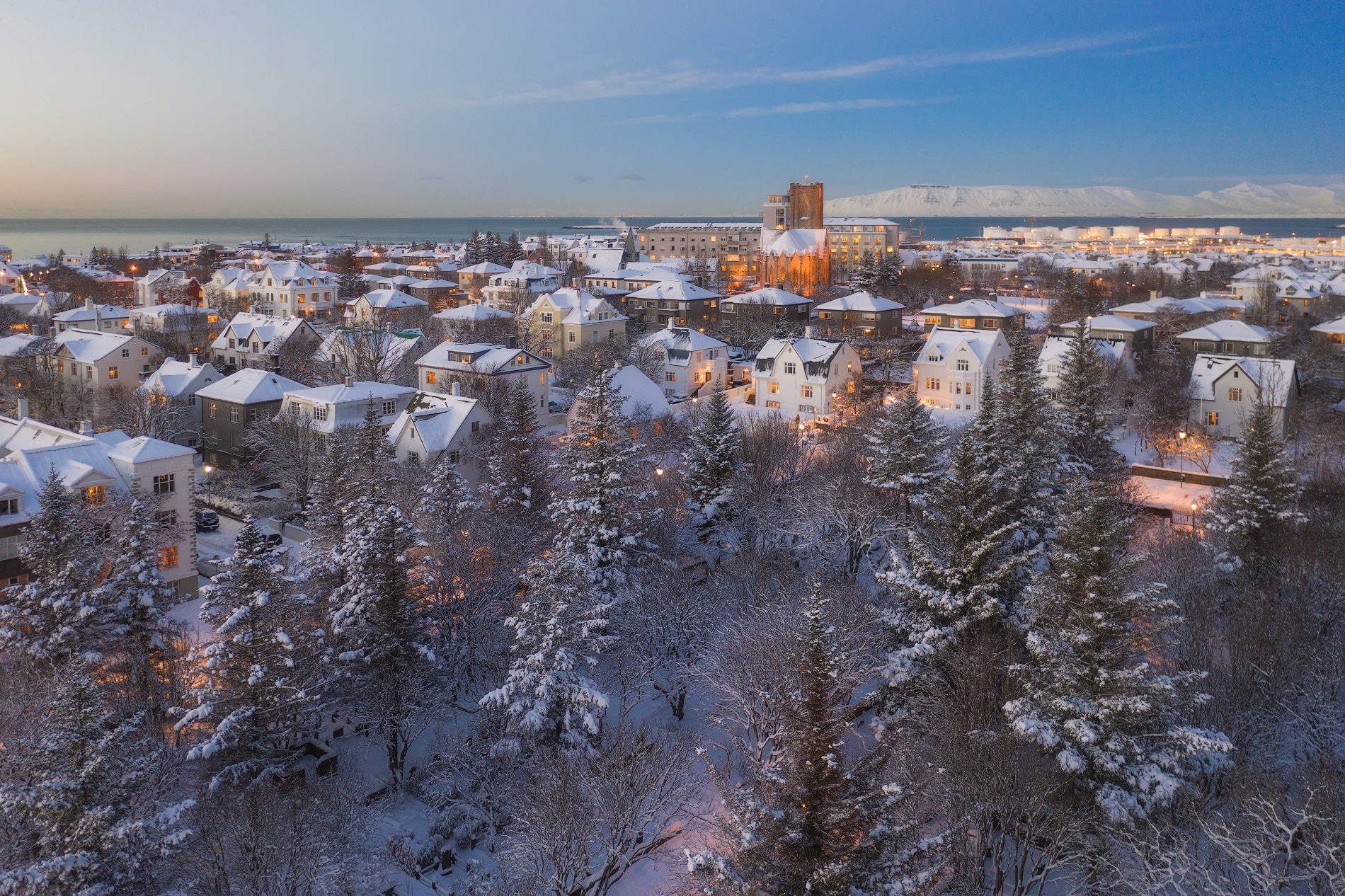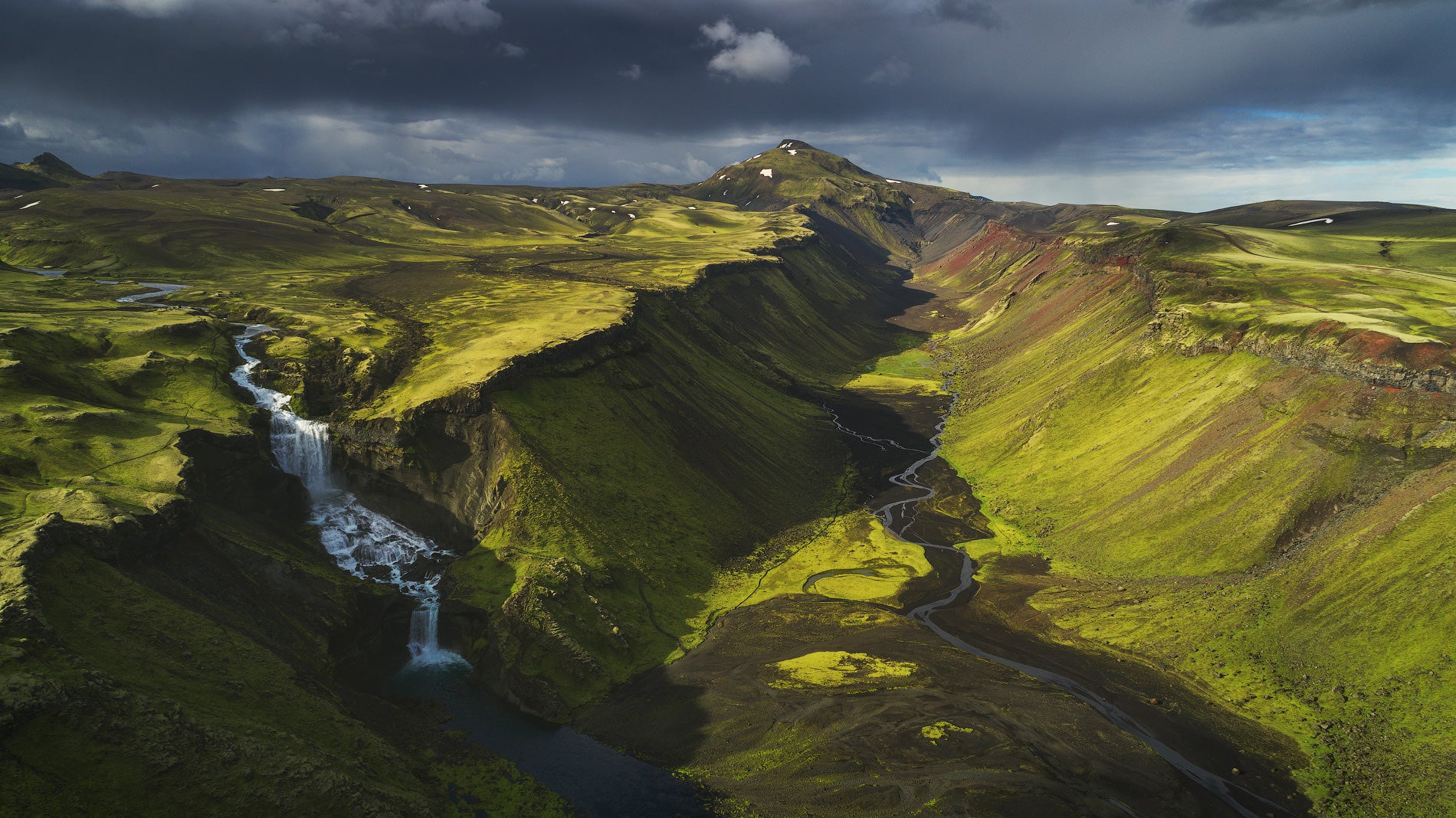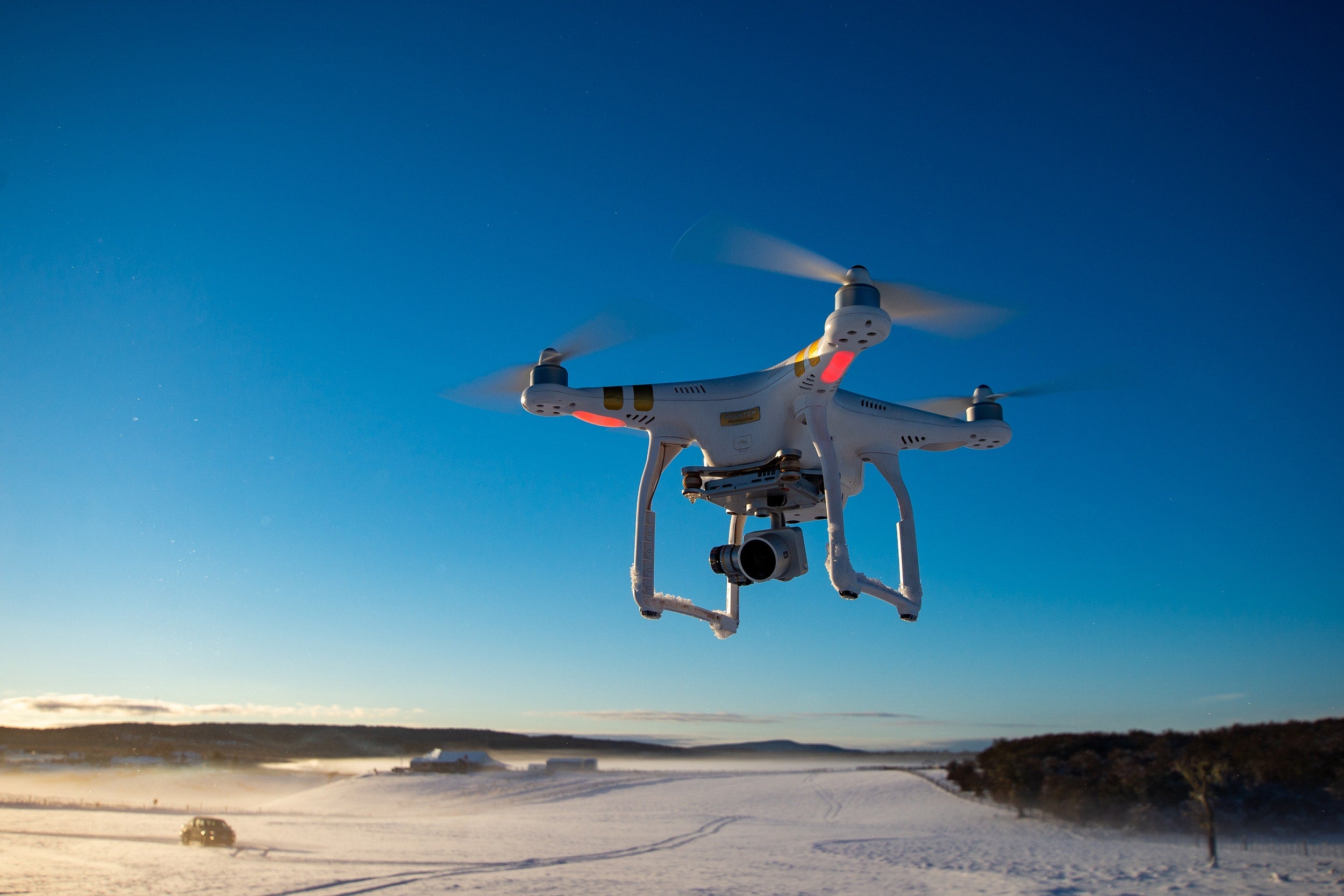
Flying a drone in Iceland is a privilege. This is one of the most visually stunning countries in the world and there aren’t many destinations better suited to aerial photography.
- Check out these Camera and Gear Reviews
- See The Best Camera Gear Recommendations for Photography in Iceland
However, ordinary tourists and photographers have been coming here for many years, long before capturing images and videos with a drone was even possible. And although this is one of the most rugged environments you will come across, Iceland’s nature is also delicate and deserving of respect.
For those reasons, it’s important that drone pilots and aerial photographers fly responsibly in Iceland, without disturbing the peace, the wildlife and the experience of other visitors.
So how do you take a drone to Iceland and fly without annoying people? Here’s how…
Don’t Fly Over People
Flying over people is annoying for two reasons. First of all, nobody wants to have their vacation cancelled because a drone fell on their head and sent them to hospital. You might have heard about how expensive eating out is in Iceland – well, just imagine the medical bills. Because it can be dangerous, flying over people is illegal in Iceland, just as it is in many other countries.
 Midnight Sun in Reykjavík. Photo by: 'Iurie Belegurschi'.
Midnight Sun in Reykjavík. Photo by: 'Iurie Belegurschi'.
The second reason that flying over your fellow travellers is annoying is an obvious one: the noise. Most people – photographers, hikers, families, outdoor enthusiasts – come to Iceland to experience its vastness and enjoy the great outdoors. The last thing they want is for the peace to be ruined by the high-pitched whine of a drone. Think about it: Some of Iceland’s most popular locations are famous for their tranquility, such as the glacier lagoon Jökulsárlón. These quiet spots, though beautiful, aren’t always a good location for flying. Particularly when there are crowds of visitors.
Be Open
There’s no doubt that drones are becoming a popular tool for travellers, and that they are more common now than they were a few short years ago. However, not all tourists and locals in Iceland are familiar with the technology and not everyone will know that your intentions are innocent. So there’s an easy solution: If people are nearby, engage with them. Ask them if they mind you flying – they probably won’t – and show them what you are doing if they approach you.
 That Never Ending Road. Photo by: 'Edwin Martinez'
That Never Ending Road. Photo by: 'Edwin Martinez'
Most people find drone technology amazing and inspiring. It’s more likely that a fellow photographer will ask to see some of your shots than tell you off for flying! Engaging with them and being open about your aerial photography will put everyone at ease and make you more comfortable behind the controls.
One last thing to bear in mind: Some of Iceland’s picturesque locations are mostly viewed from a single angle, including many of the waterfalls and the basalt columns on the black sand beach of Reynisfjara. Fly a drone at these locations – particularly at sunrise or sunset – and you’ll risk getting in the way and ruining the photos of many other patient photographers.
So fly high where possible and be considerate of others who are trying to capture the same memories as you.
Don’t Disturb the Wildlife
One of the reasons that some of Iceland’s national parks and popular tourist sites have banned the use of drones is because there are fears about the damage they could do to local wildlife.
 My Favourite Season. Photo by: 'Iurie Belegurschi'.
My Favourite Season. Photo by: 'Iurie Belegurschi'.
According to the Environmental Agency of Iceland, “drones can really disturb wildlife within protected areas, especially during nesting time for birds.” Many of Iceland’s cliffs and waterfalls are home to endangered bird populations, so it goes without saying that flying there is off limits.
However, if you’re really keen to fly near wildlife or in an area where protected species may be present, you can apply to the Environment Agency for a cinematography permit. If the Agency agrees with you that the use of drones in a given area won’t have a negative impact for the conservation value of the area, permission is likely to be granted.
It might be that you’re asked to only fly within certain times, or no closer than X amount of meters from a certain point.
You can apply for permission from the Environment Agency here.
Adapt and Don’t Overstay Your Welcome
Flying a drone at beautiful locations in Iceland is all about moderation. Sure, if nobody else is around then you can go ahead and fly all you like. Make the most of those spare batteries.
 Midnight Sun on the South Coast. Photo by: 'Iurie Belegurschi'.
Midnight Sun on the South Coast. Photo by: 'Iurie Belegurschi'.
But if your chosen spot has other visitors and photographers, it’s a good idea to not overstay your welcome. You might approach flying your drone in Iceland as a once in a lifetime opportunity, and think ‘screw everyone else, this is my chance to capture amazing footage’. And you’d be right to think that way, to an extent. But on the other hand, it’s important to remember that all of the visitors you come across in Iceland will also want to make the most of their time there. Flying near them, disrupting their experience and generally getting in the way of the sights is a sure way to annoy your fellow travellers.
It’s best to be quick about getting your shots and plan your flights in advance to avoid overstaying your welcome at busy locations.
But there are other, more simple things you can do to adapt: Stop at a popular site and it’s too busy to fly? Take a walk a little further down the beach. Keep going for a couple of minutes and find a more secluded location. Or make sure you fly high enough to reduce the noise and avoid blocking anybody’s views. You’ll be more relaxed and so will other visitors.
 Electric Blue. Photo by: 'Iurie Belegurschi'
Electric Blue. Photo by: 'Iurie Belegurschi'
The bottom line is this: Policing drone flights is difficult. Unless you cause an accident or fly in a dangerous manner, it’s unlikely that you’ll get into trouble with the authorities in Iceland.
So really, it’s about using common sense and being a good person. The most important thing is to respect others, wildlife and local regulations, and ensure that you don’t do anything that will give your fellow pilots a bad reputation.
About the author: Malek Murison is a tech journalist based in London. You can find more of his work on his website or by following him on Twitter.
Would you like to practice drone photography in Iceland? Join our drone-friendly summer photography workshops in Iceland!











